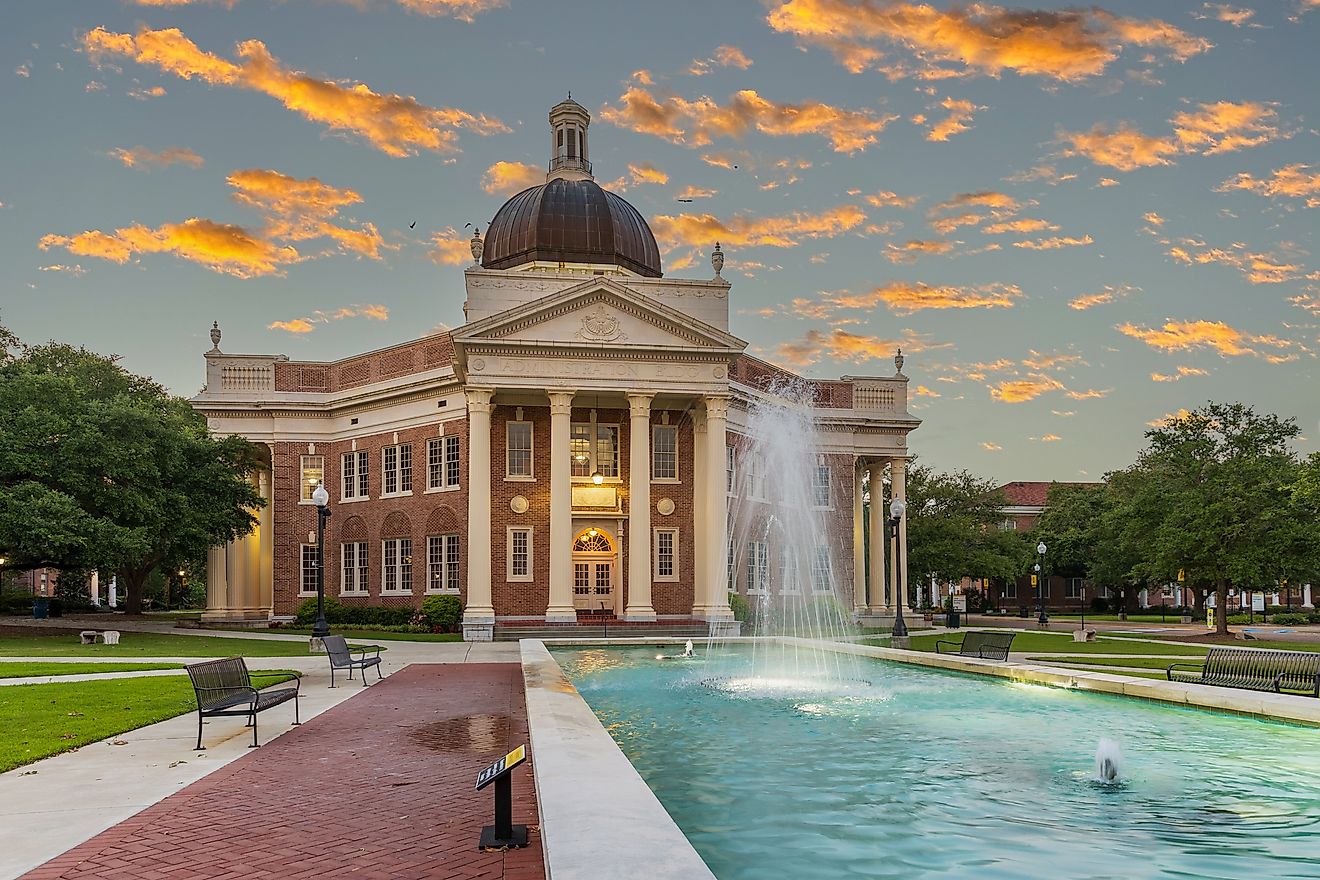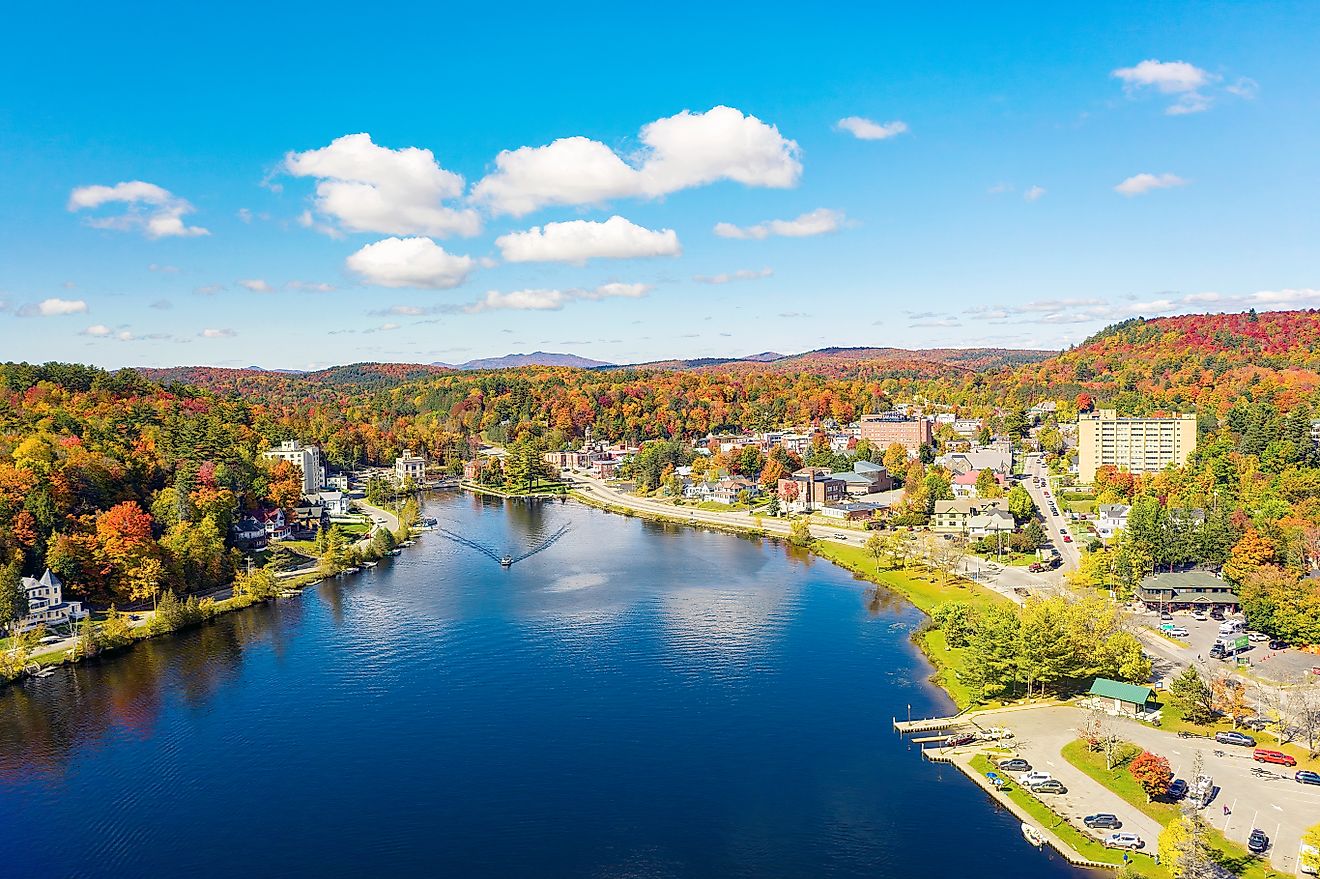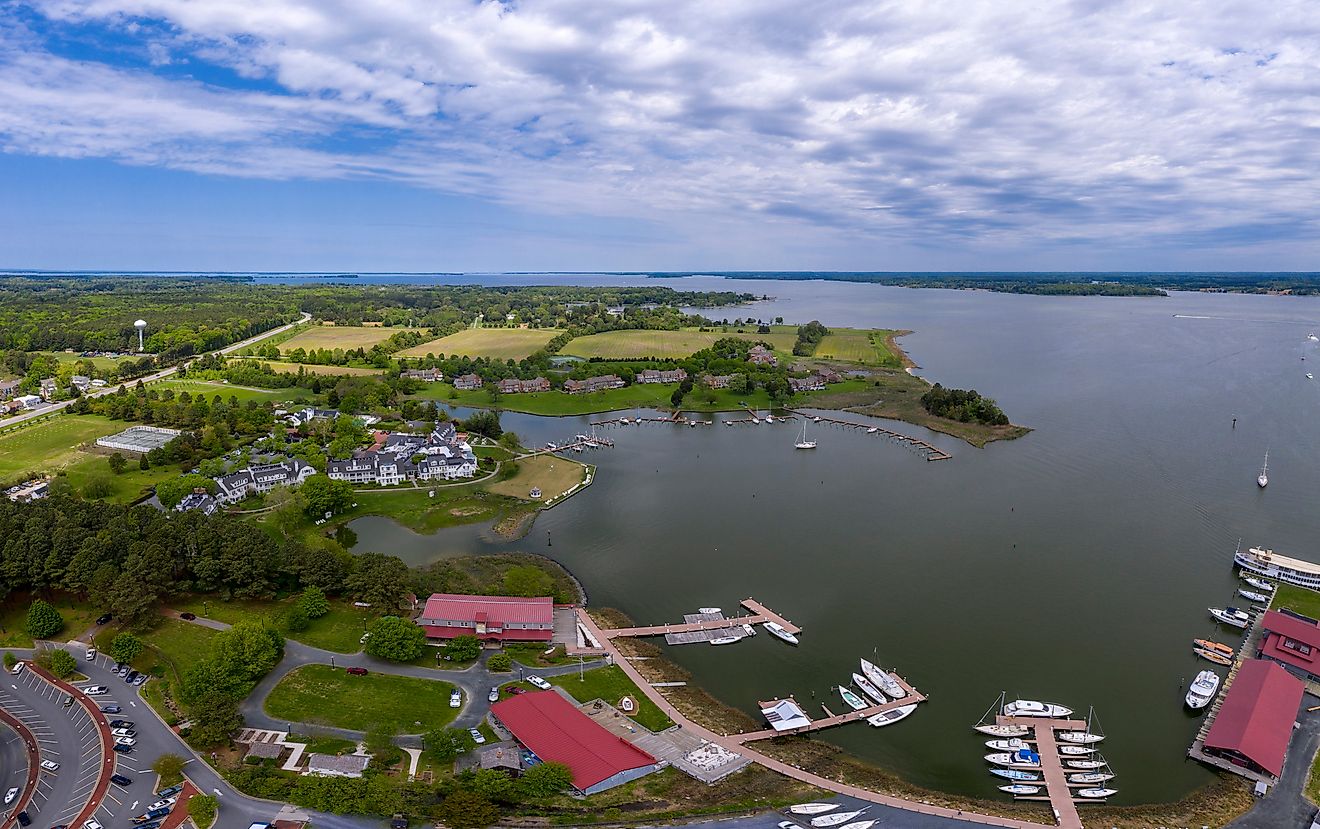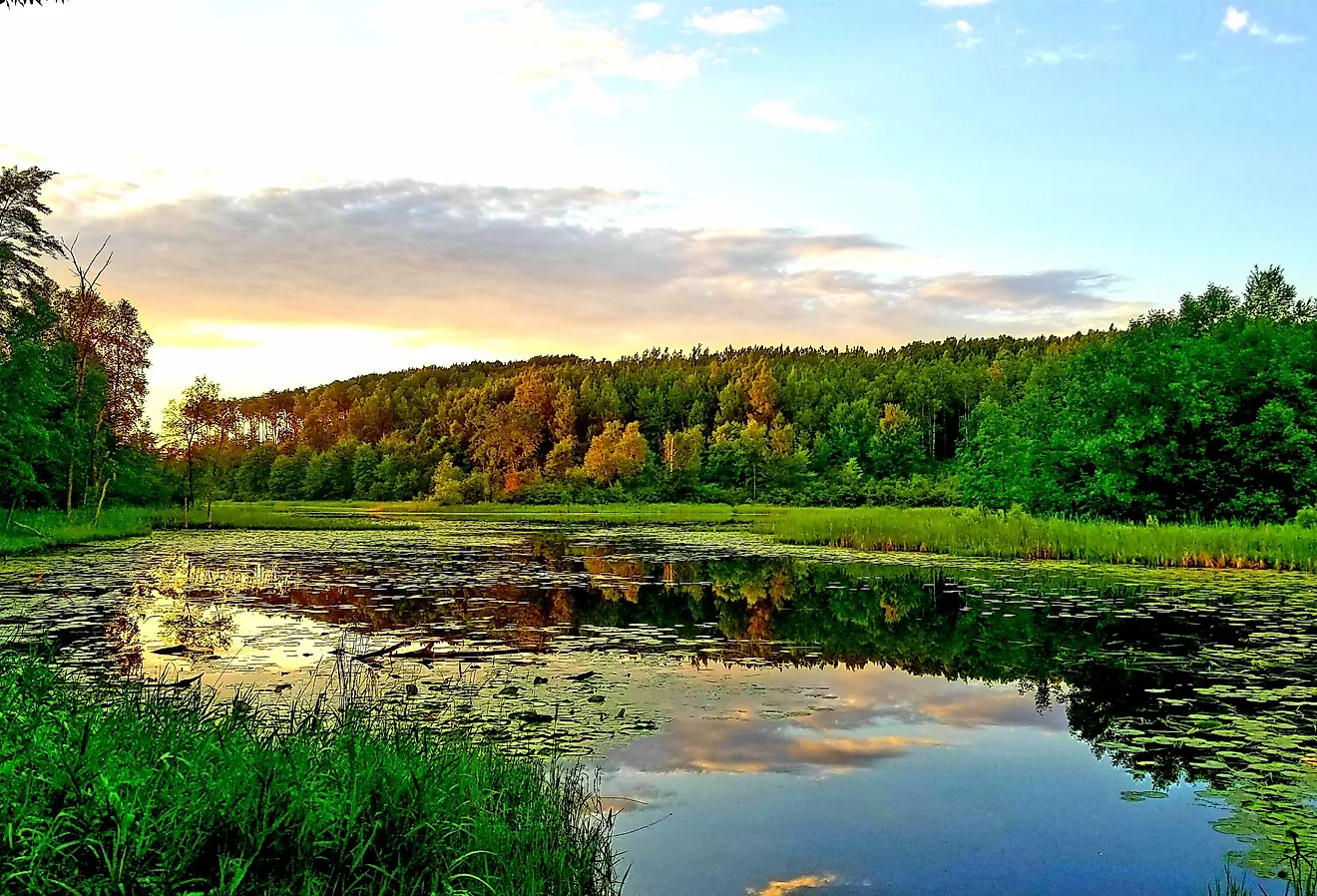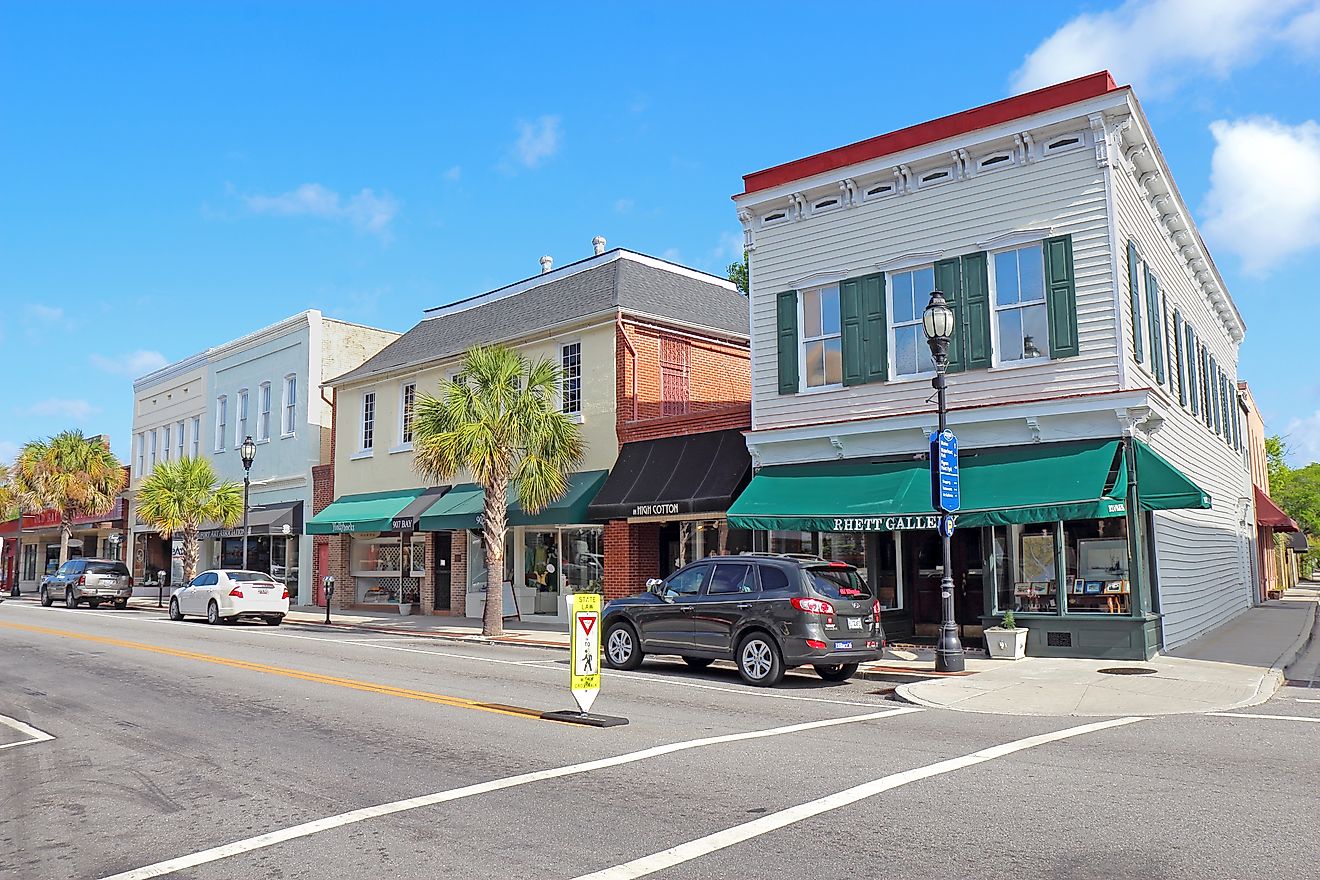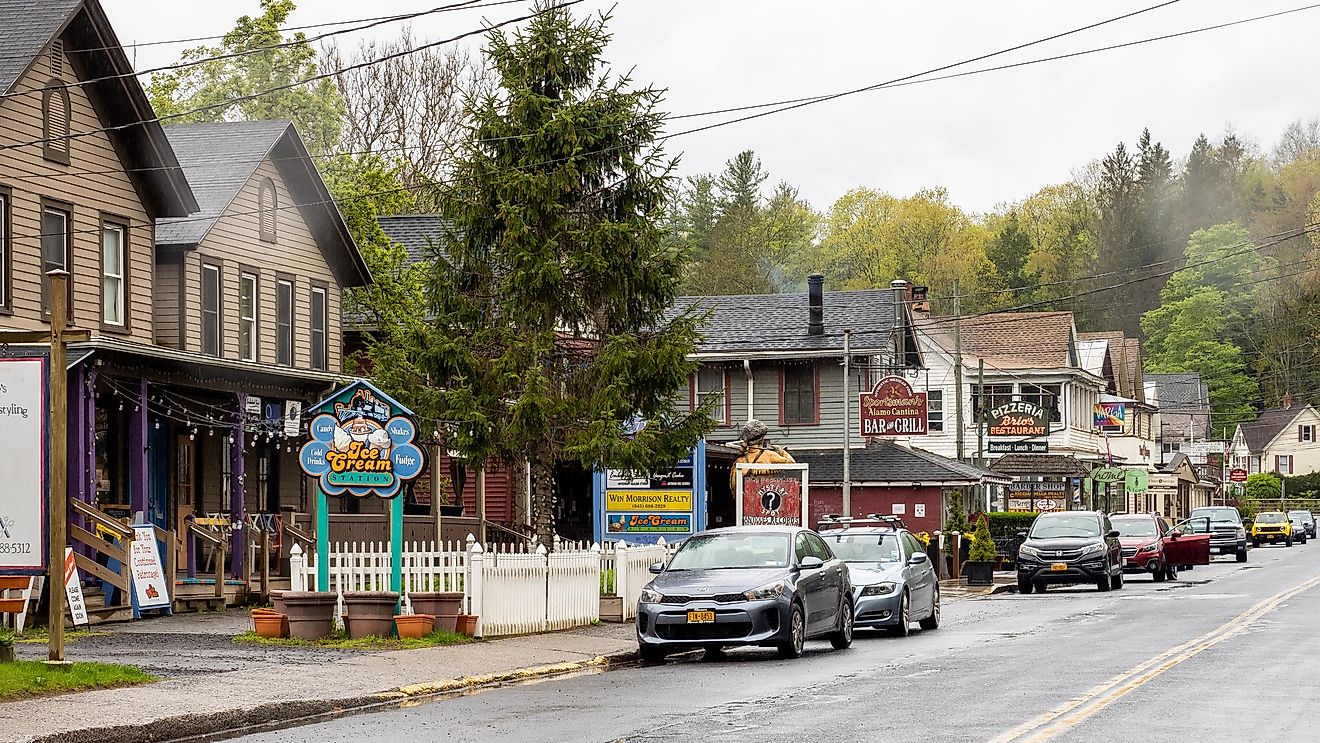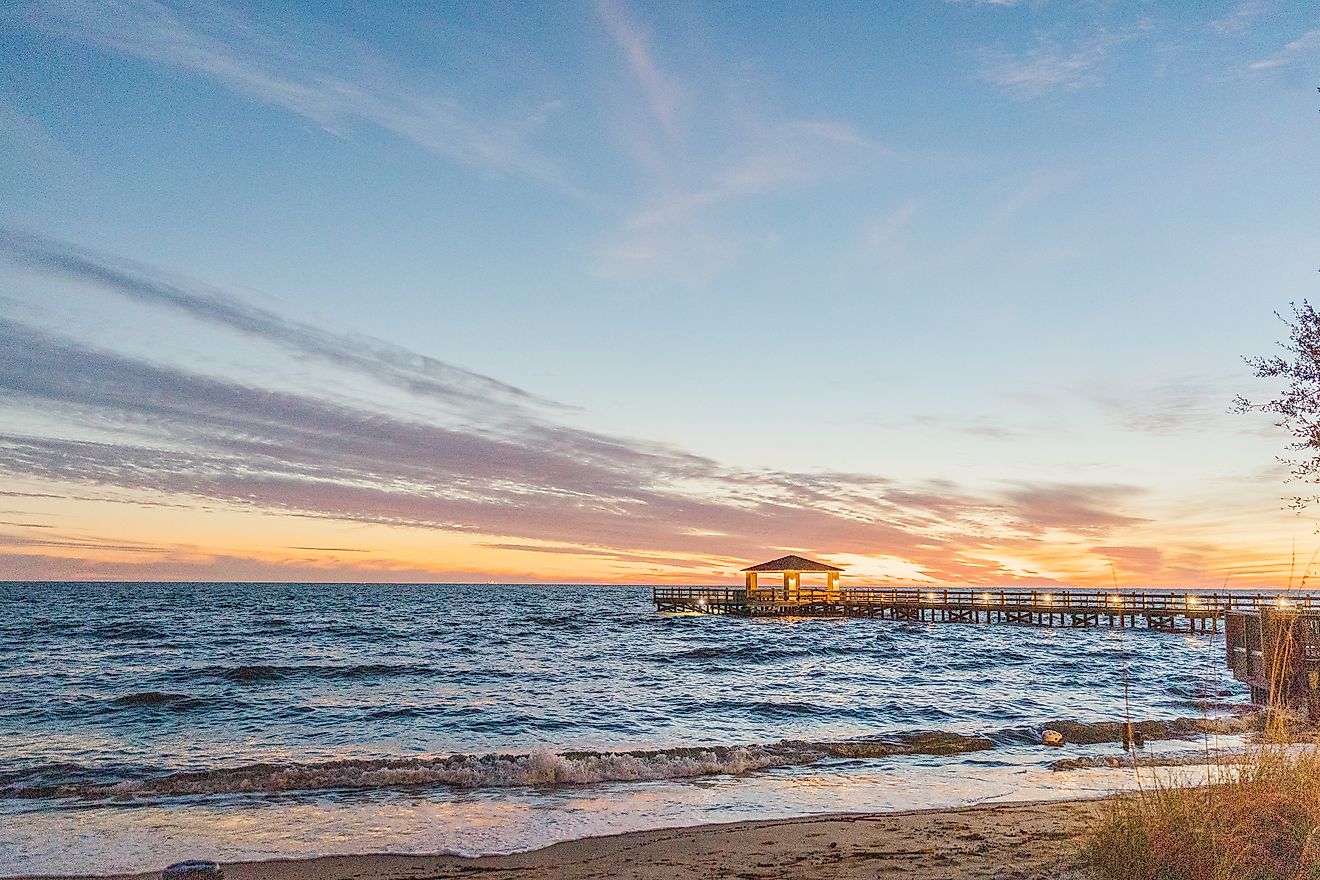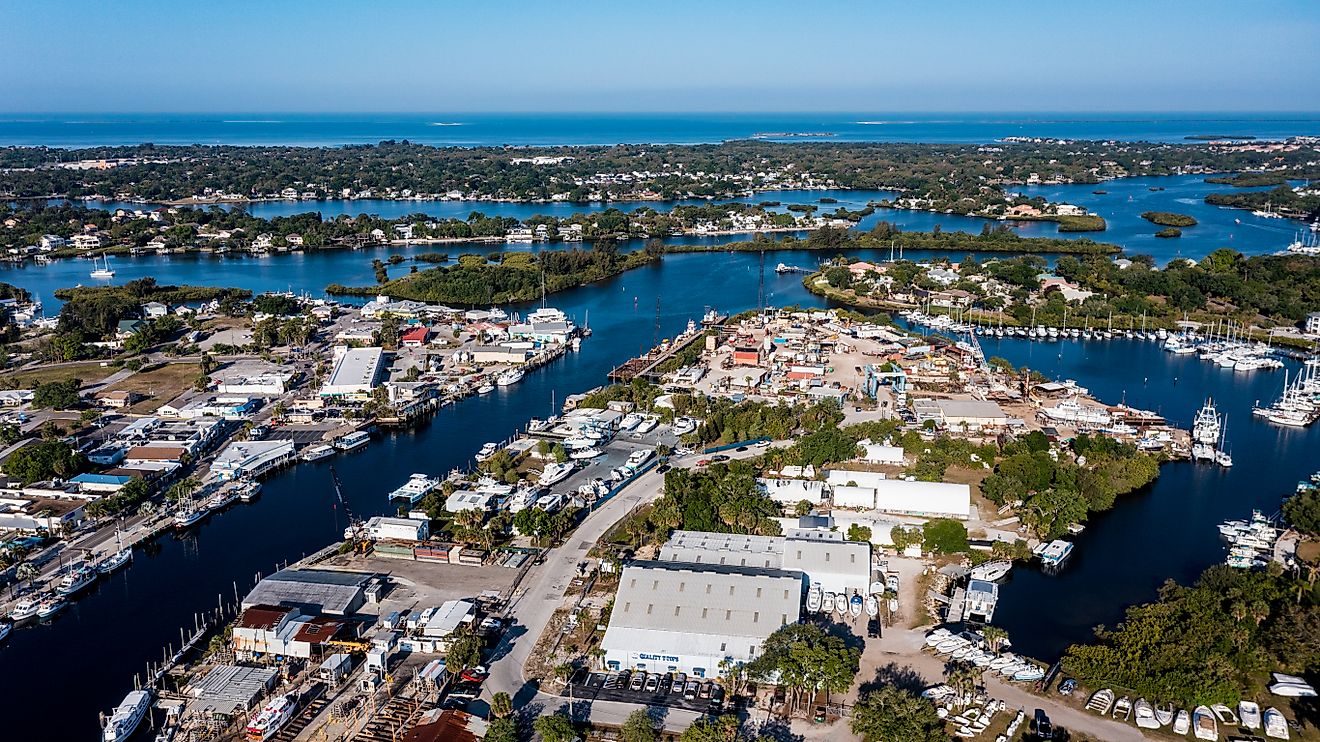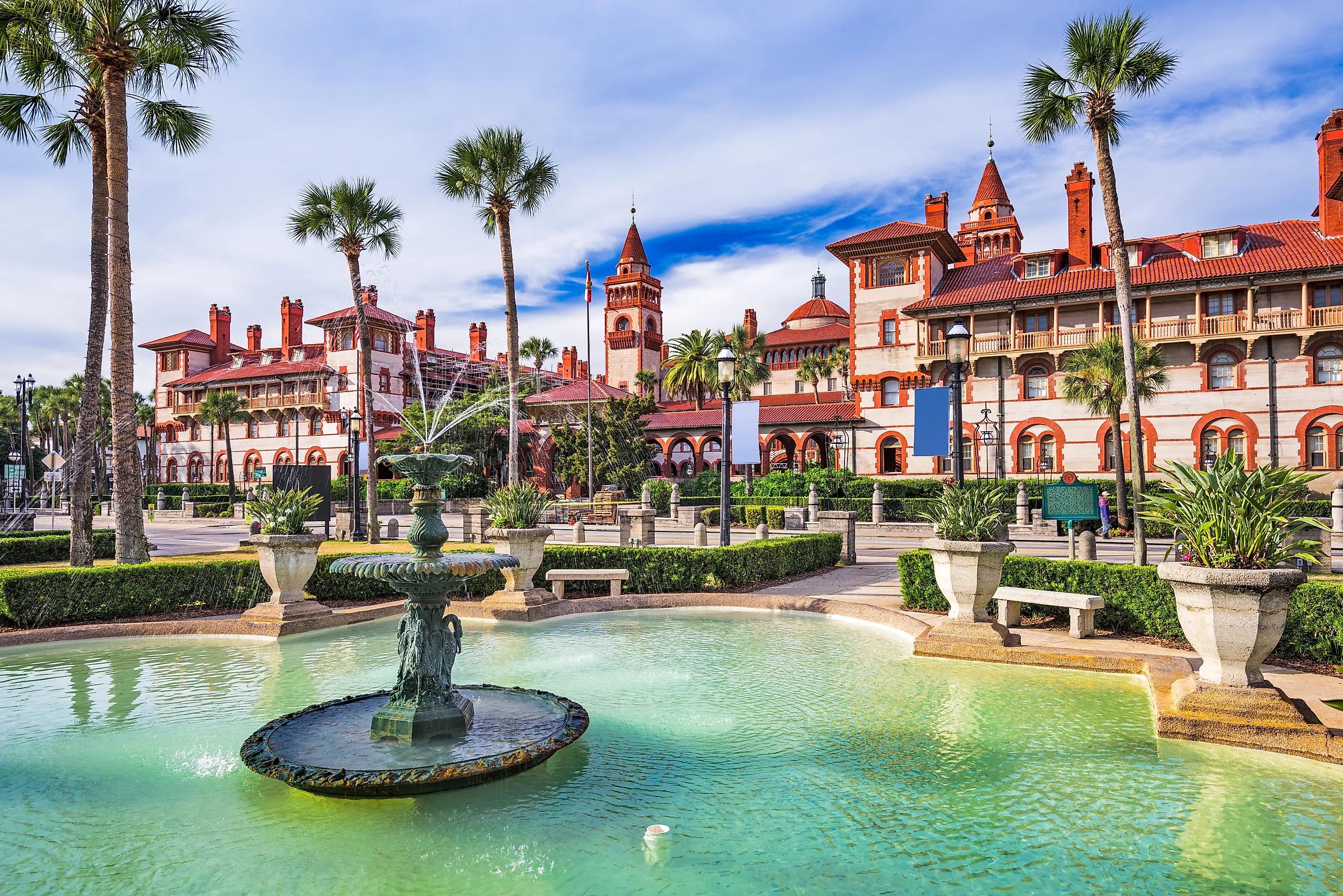
This Florida Town Is Older Than the State Itself
If you love old places full of character and stories, this one on Florida's eastern coast, located less than an hour south of Jacksonville, might be just for you. St. Augustine is perhaps the most historic destination in the whole country in terms of its early importance and the number of notable landmarks there are in and around its borders. From forts dating back to the founding of the Spanish Empire in North America to a massive and diverse selection of well-curated museums to wonderful beachfront parks, this article uncovers more about this storied community's past and how you can appreciate it today.
From America's First Town to a Modern-Day Vacation Paradise
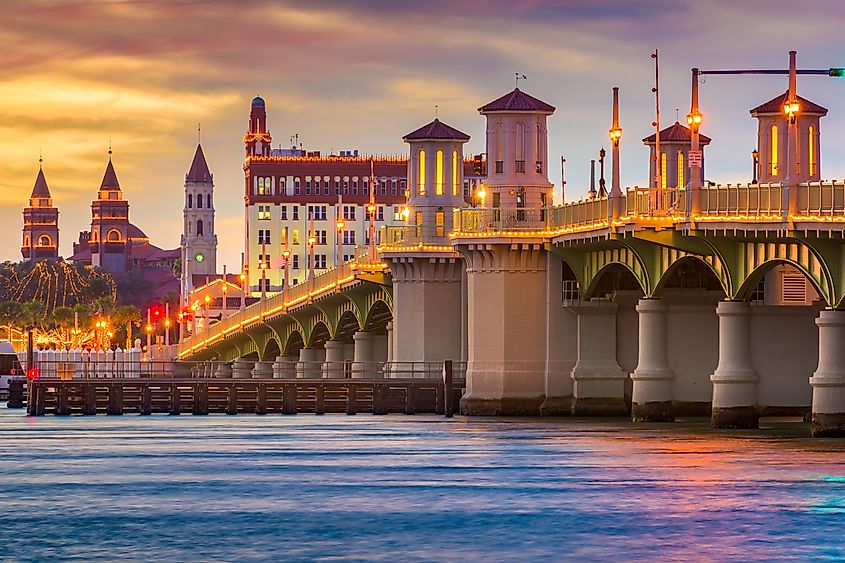
Founded by Spanish explorer Pedro Menéndez de Avilés in 1565, St. Augustine is the oldest continuously inhabited European-established settlement not just in Florida, but the continental United States as well. Established as a military outpost doubling as a Catholic mission, the town served as Spain’s strategic foothold in what is now known as Florida to defend its claims against French and English encroachment in an era rife with expansionism. In fact, throughout the 16th and 17th centuries, it faced repeated attacks, including a major assault by English explorer Sir Francis Drake in 1586.
The town endured and was the capital of Spanish Florida for over 200 years. During that time, it built up a number of iconic structures within, namely the Castillo de San Marcos, which was constructed by the Spanish between 1672 and 1695. After Spain ceded Florida to Britain in 1763, the town briefly became part of British East Florida, only to return to Spanish control in 1783. It finally became part of the United States, as it remains today, in 1821.
It later played a role in the Seminole Wars and Civil War before it became a lauded tourist destination by the late 19th century, in large part due to developer/oil magnate Henry Flagler, who introduced luxury hotels and extended the railroad to St. Augustine (among several other locations in Florida).
Essential Historic Landmarks in St. Augustine
Today, St. Augustine retains much of its colonial aesthetic, making it a focal point for both American colonial and Spanish history—a true haven for history buffs on vacation. Here are some of the spots that you need to visit should you want to delve deeper into this oceanside community's storied past.
Castillo de San Marcos
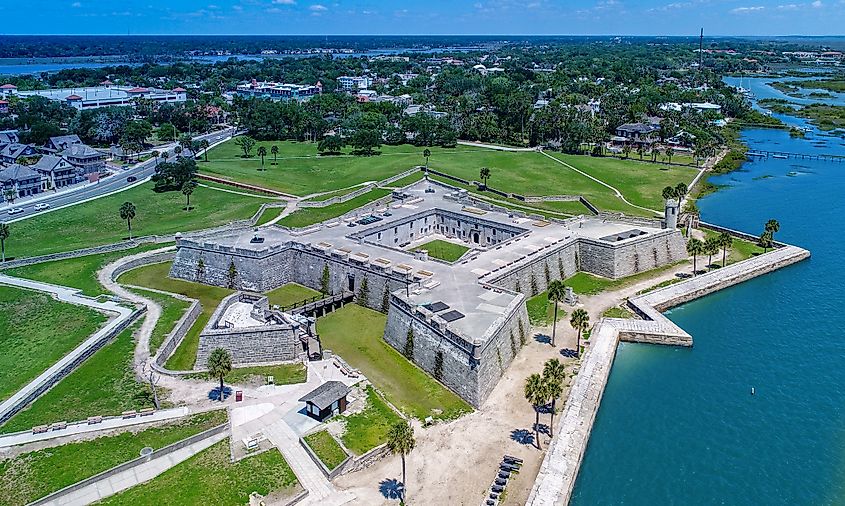
As mentioned above, the Castillo de San Marcos is probably the most significant historic site in St. Augustine. Built by the Spanish over two decades in the late 1600s, it is the oldest masonry fort in the continental United States.
Constructed mainly from coquina, a local shell-based limestone, the fort proved resistant to cannon fire and, more importantly now, time, coming in useful for the town's residents through various power shifts between Spain, Britain, and the United States. Today, one can explore features like the original walls, interior chambers, and gun decks, many of which offer breathtaking views of Matanzas Bay. Furthermore, daily reenactments and national park ranger-led tours provide a better understanding of past times here, making the Castillo an essential stop for understanding the town’s vital role in early American history.
St. Augustine Lighthouse & Maritime Museum
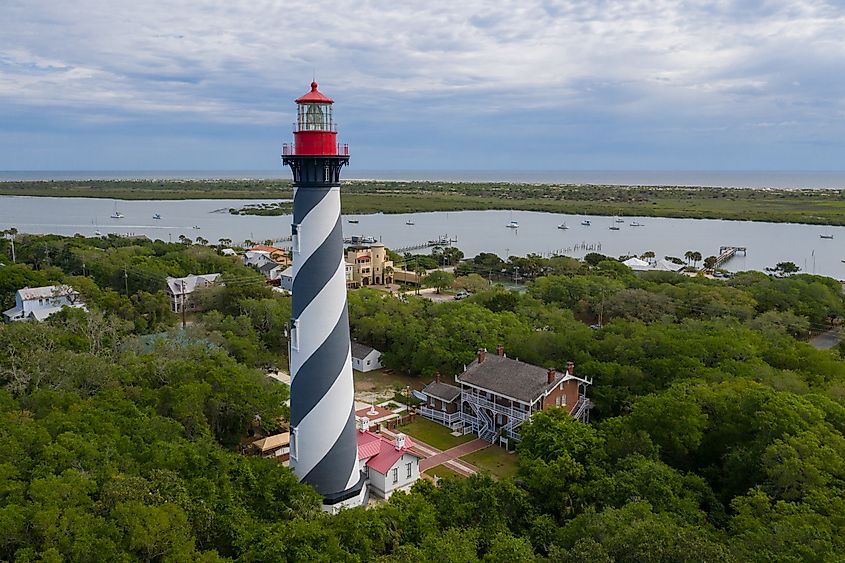
The St. Augustine Lighthouse & Maritime Museum offers a look into the city’s essential connection to the Atlantic Ocean. The current lighthouse standing at this location, completed in 1874, stands 165 feet tall and replaced earlier Spanish and British-era watchtowers. Here, you are free to climb its 219 steps to the top for a panoramic view of the Atlantic coast, as well as the nearby historic district of St. Augustine.
The site's museum, located in the former keepers’ house, covers subjects ranging from shipwreck archaeology to the lives of the lighthouse keepers. Exhibits include recovered artifacts from local wreck sites and other marine-related displays.
The Colonial Quarter
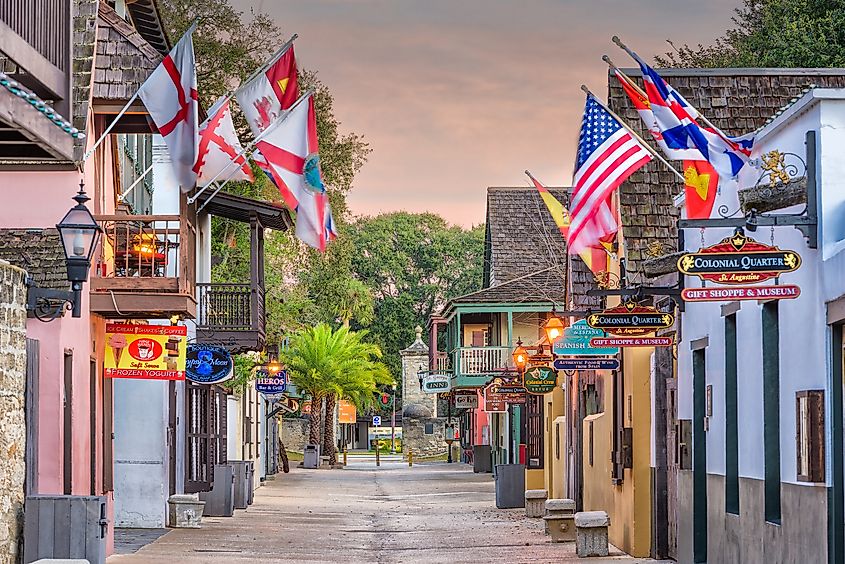
The Colonial Quarter gives you an immersive walk-through experience of St. Augustine’s several centuries of history. Spanning the 16th, 17th, and 18th centuries, this living history site features reconstructed buildings, blacksmith demonstrations, musket drills, and interpretive exhibits led by costumed guides.
Be sure to check out this downtown destination's replica Spanish homes, climb a 17th-century watchtower overlooking the bayfront, and learn about daily life under Spanish and British rule. Also note that the site sits on land that truly was part of one of the original settlements here, so you will literally be walking on top of history during your visit.
González-Alvarez House
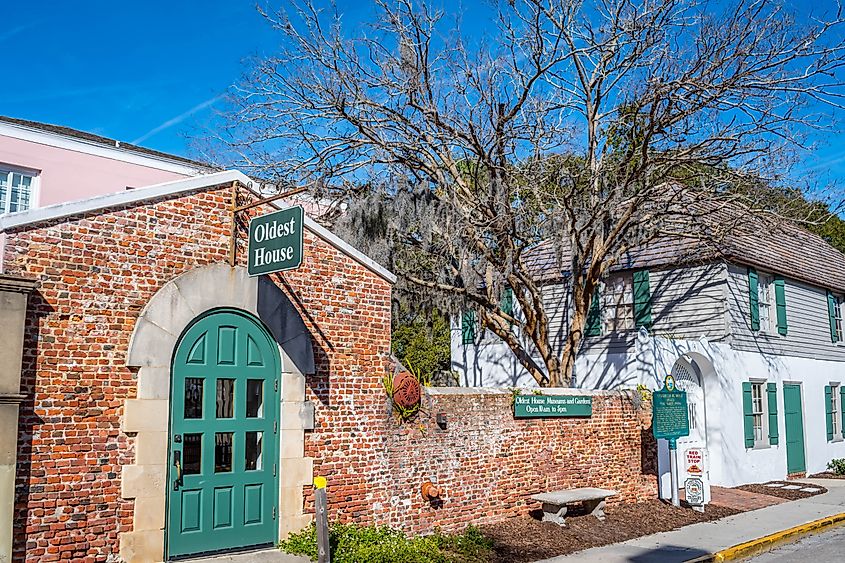
The González-Alvarez House, known as “The Oldest House,” is one of the most interesting single locales in town. The building dates to the early 1720s, with evidence of earlier structures on the site going back to the late 1600s. Guided tours walk its visitors through its preserved, furnished rooms, outdoor kitchens, and old coquina walls, illustrating how residents of the home adapted to changing lifestyles over countless generations. Moreover, the adjacent museum complex hosts a map gallery and gardens, making it an easy place for a quick afternoon visit.
Ponce de Leon's Fountain of Youth Archaeological Park
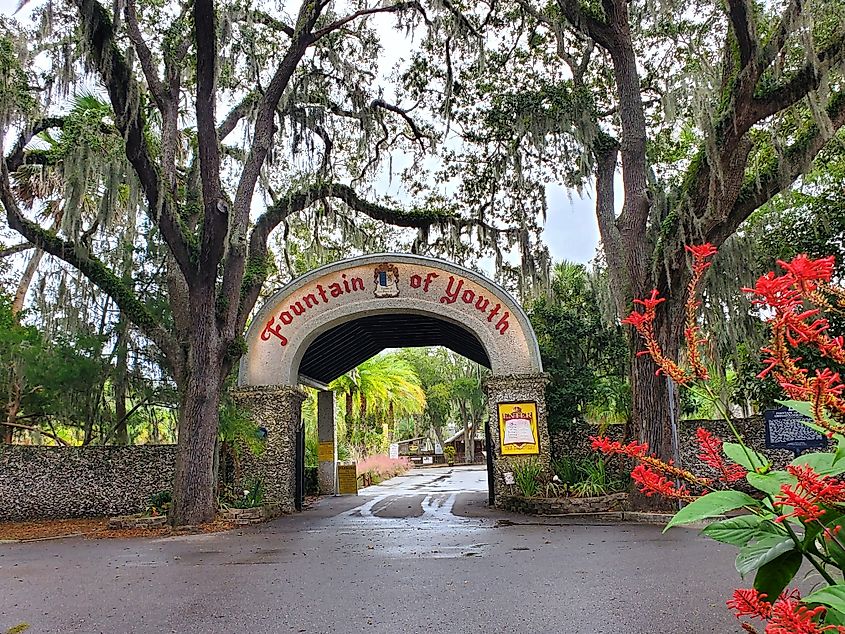
Ponce de Leon's Fountain of Youth Archaeological Park rests on the original site of the 1565 Spanish settlement established by Pedro Menéndez de Avilés, making it one of the most significant spots in St. Augustine. The park sits atop the former Timucua village of Seloy and features ongoing archaeological exhibits that reveal artifacts from early Native Americans and later settlers.
Visitors can even drink from the natural spring tied to the Fountain of Youth legend and explore meticulously reconstructed mission buildings, a Timucua village replica, and a 16th-century blacksmith shop. The park also includes a planetarium, daily cannon firings, and a riverside observation deck overlooking Matanzas Bay, a fun place to bring the whole family when the weather is nice.
Other Fun Attractions in Town
Mix in some other things to see and do in between the history-oriented stuff. From gorgeous state parks to pristine beaches and longstanding resorts, take a look at these local favorite recommendations to help fill out your trip in this Florida tourist hotspot.
Anastasia State Park
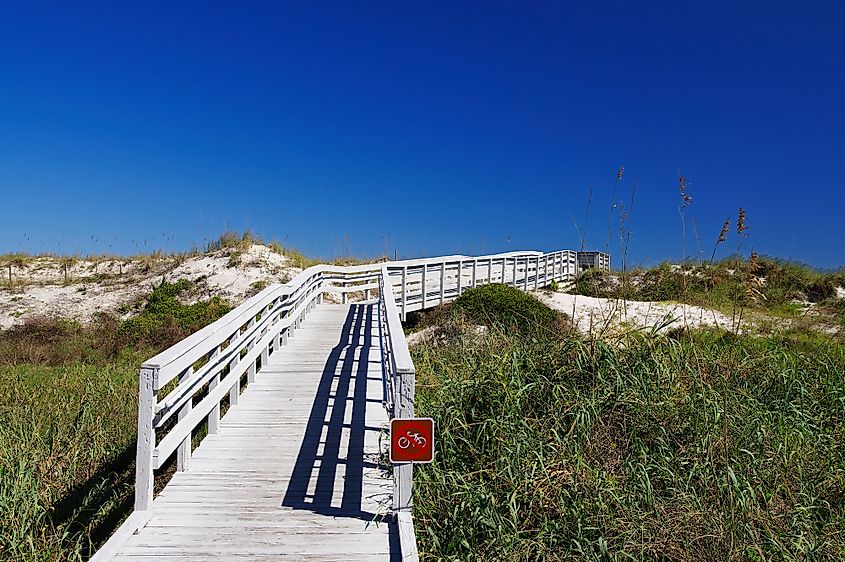
Anastasia State Park spans over 1,600 acres just east of downtown St. Augustine, offering a pleasant mix of beaches, wetlands, and unique maritime hammock habitats. The park’s four miles of protected shoreline are ideal for swimming, birdwatching, and general sightseeing, and stand out visually with their white quartz sand. A historic coquina quarry, used in the construction of the Castillo de San Marcos, is located onsite, too.
A network of trails winds through shaded dunes and coastal forest, making the park a reliable outdoor escape from the city’s tourist core. Kayaking and paddleboarding are also popular in the Salt Run, a tidal lagoon within the park.
Casa Monica Resort & Spa

Casa Monica Resort & Spa combines old-timey elegance with modern luxury in the heart of St. Augustine’s vibrant Historic District. Originally opened on New Year’s Day 1888 by architect Franklin W. Smith, it was soon sold to railroad magnate Henry Flagler and renamed the Cordova Hotel. After closing during the Great Depression, it then served as St. Johns County Courthouse from 1968 until 1997, when developer Richard Kessler restored it to its original grandeur.
Today, this AAA Four‑Diamond Hotel offers 138 rooms and suites. Amenities include the upscale Cordova restaurant, the Poseidon Spa, an outdoor heated pool, a fitness center, and a private beach concierge. With its restored historic character and central location just steps from Flagler College, Lightner Museum, and Castillo de San Marcos, Casa Monica is a top choice if you are looking to truly live it up during your stay.
Medieval Torture Museum

For a bit of a morbid touch to your visit, the Medieval Torture Museum presents a dark and immersive look into the history of human punishment. Not particularly related to anything that has to do with the history of St. Augustine itself, it's still one of the most visited attractions in the region.
Located on St. George Street, the museum boasts dozens of devices once used in medieval and early modern Europe. Each exhibit is paired with realistic mannequins, ambient lighting, and audio effects to create an intense and atmospheric experience. It is not for the squeamish. You also have the option to take a self-guided audio tour that explains the background and use of each device. A separate area interestingly showcases microscopic artworks, providing an unusual contrast to this otherwise strange destination. This museum is open daily and recommended for mature audiences due to its graphic content.
Explore This Fascinating Place Today
With Florida’s generally favorable weather, St. Augustine can easily be a year-round vacation spot. Even if history isn’t really your thing, its beautiful surroundings, covered by beaches, parks, and lively streets, make it a destination that appeals to a wide range of travelers. Now that you know so much more about its remarkable past, you can appreciate this aged town on an entirely different level and maybe even come back for more.


